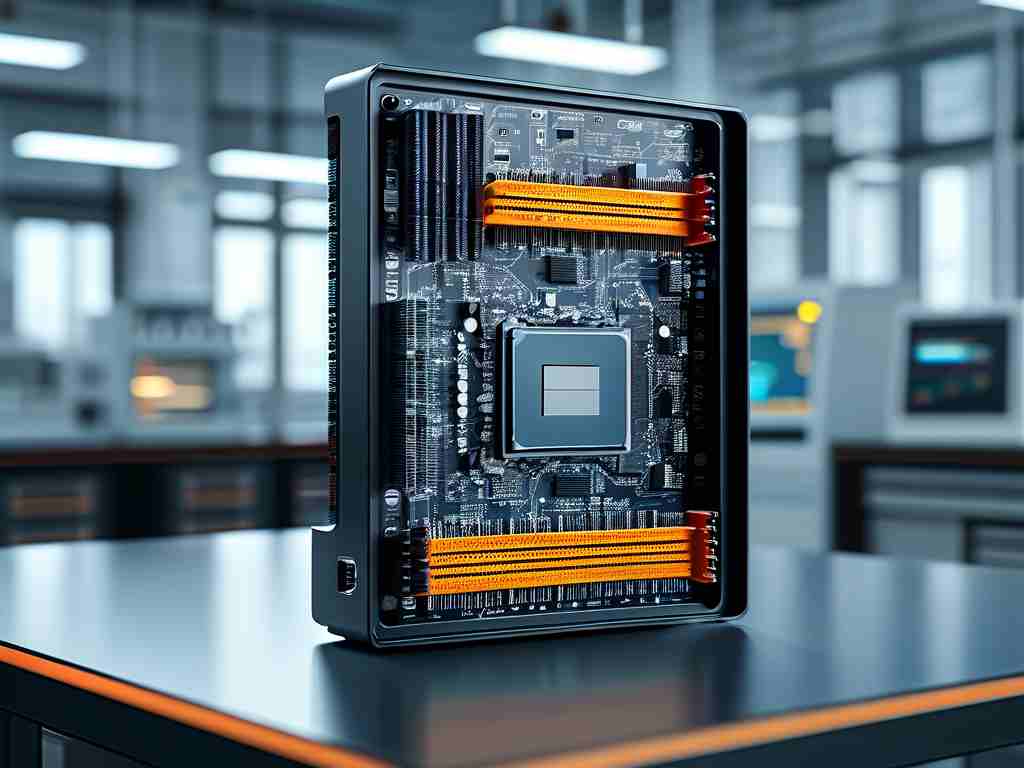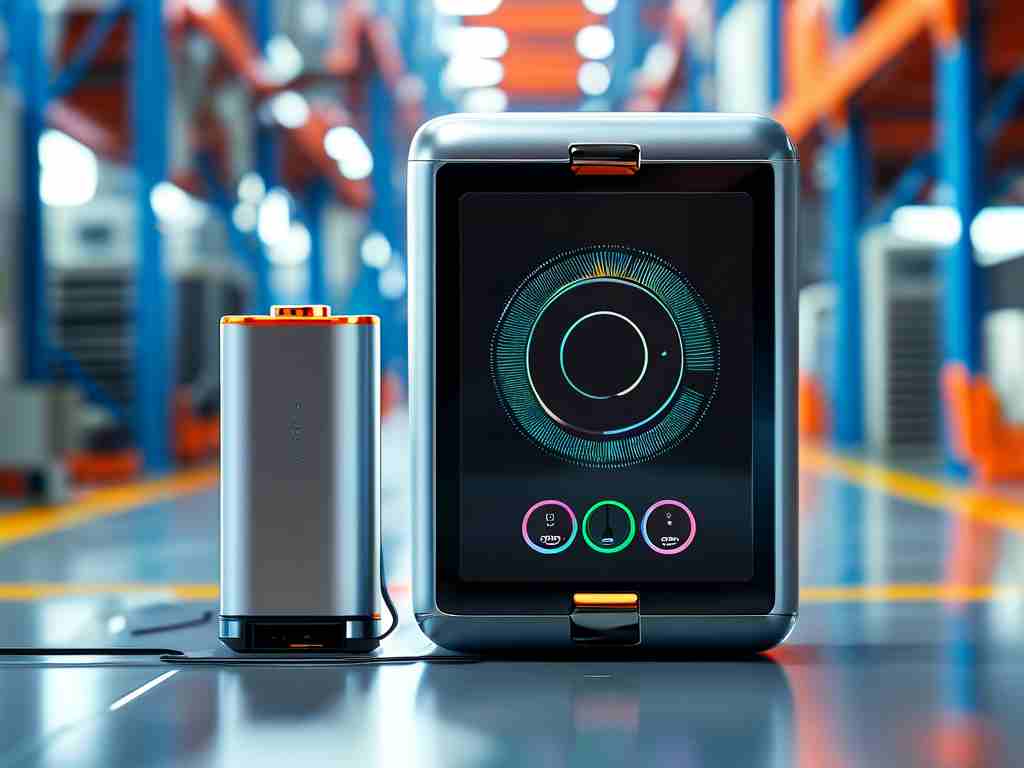Deep embedded software development focuses on creating highly optimized code for resource constrained hardware systems like microcontrollers and IoT devices. This field demands a meticulous approach to ensure reliability and efficiency in environments where every byte of memory and microsecond of processing time counts. Unlike general purpose software embedded solutions must operate flawlessly under strict real time constraints often with minimal power consumption. Developers in this domain typically work with low level languages such as C or assembly to achieve fine grained control over hardware components.

One key aspect of deep embedded development is the integration with physical sensors and actuators. For instance in automotive systems software manages everything from engine control units to safety features requiring rigorous testing to prevent failures. The complexity arises from balancing performance with safety standards like ISO 26262 which mandates fault tolerant designs. A common challenge is debugging without traditional interfaces; instead engineers rely on tools like JTAG debuggers or custom logging mechanisms. Consider this simple C code snippet for a temperature sensor on an ARM Cortex M chip:
#include <stdint.h>
#define SENSOR_ADDR 0x48
void read_temp(void) {
uint32_t temp_val = *((volatile uint32_t*)SENSOR_ADDR);
if (temp_val > 100) {
// Trigger cooling fan
*((volatile uint32_t*)0x50000000) = 1;
}
}
This example highlights direct memory mapped I/O access a staple technique where developers manipulate registers to interact with peripherals reducing overhead. Real time operating systems RTOS such as FreeRTOS or Zephyr are often employed to handle multitasking but they introduce scheduling complexities that can lead to race conditions if not managed carefully. Power optimization is another critical area; techniques like sleep modes and clock gating help extend battery life in wearable devices.
Security concerns add another layer of depth especially with the rise of connected embedded systems. Vulnerabilities in firmware can expose devices to attacks so developers implement measures such as secure boot and encrypted communications. For example using hardware based Trusted Platform Modules TPMs enhances integrity but requires additional coding for key management. Testing methodologies must evolve too incorporating fuzz testing and static analysis to catch vulnerabilities early. Despite these hurdles the rewards include creating systems that are robust and energy efficient powering innovations from medical implants to smart grids.
Looking ahead trends like AI at the edge are transforming deep embedded work. TinyML frameworks allow machine learning models to run on microcontrollers enabling predictive maintenance in industrial IoT. However this demands new skills in model quantization and neural network optimization. Sustainability is also gaining focus with developers designing for recyclability and lower carbon footprints. In essence mastering deep embedded software development involves continuous learning and adaptation to harness hardware capabilities while meeting evolving industry demands. Ultimately it drives technological progress in ways that touch everyday life making it a vital and rewarding engineering discipline.









